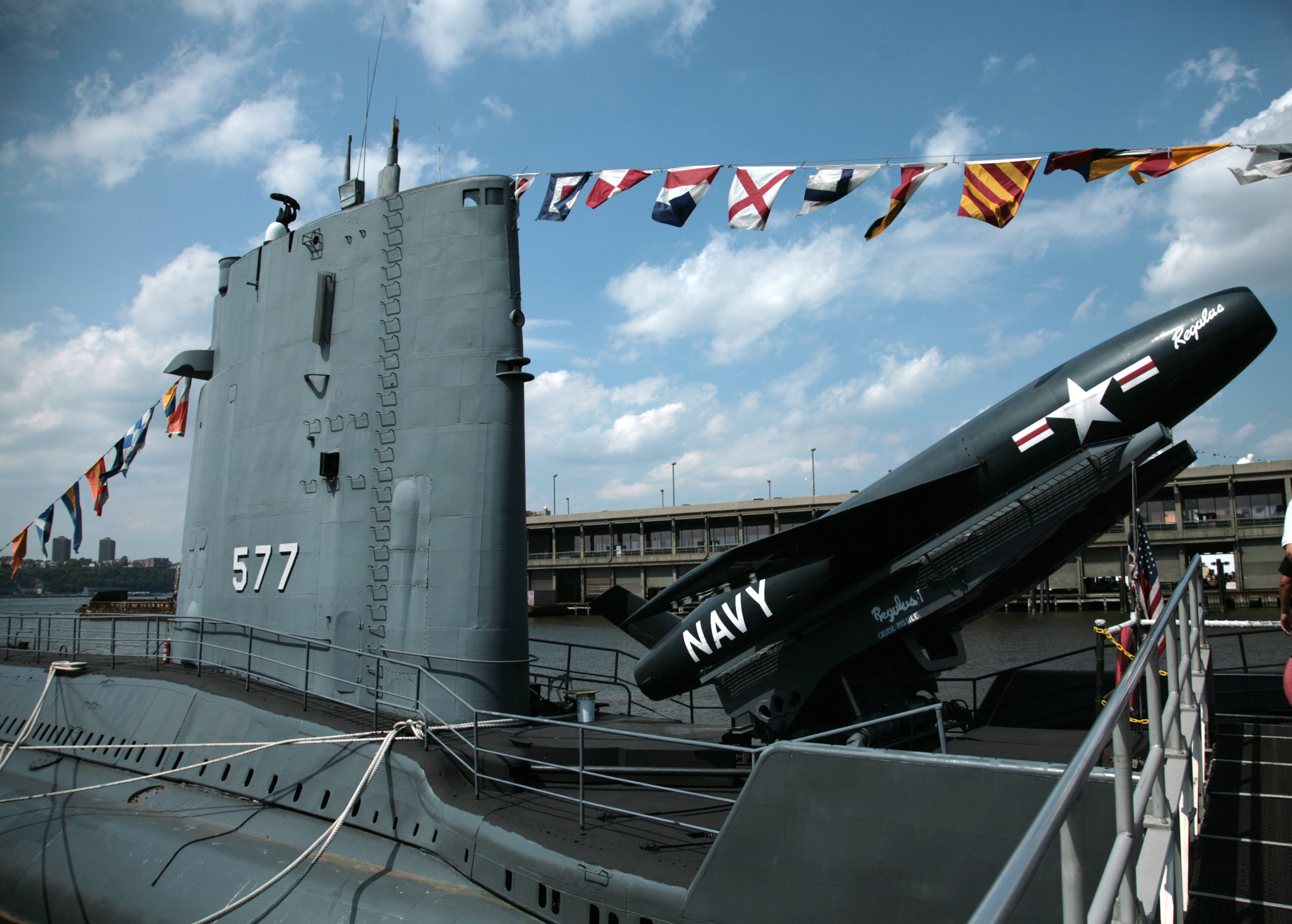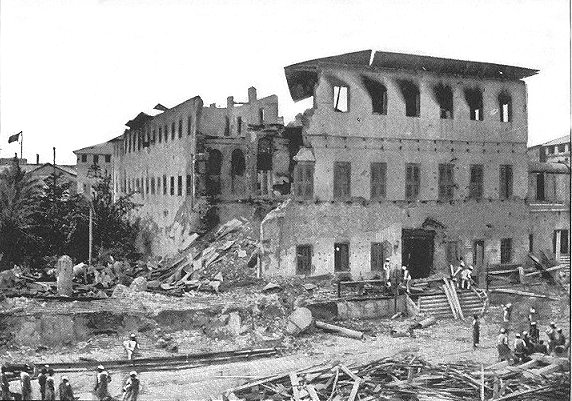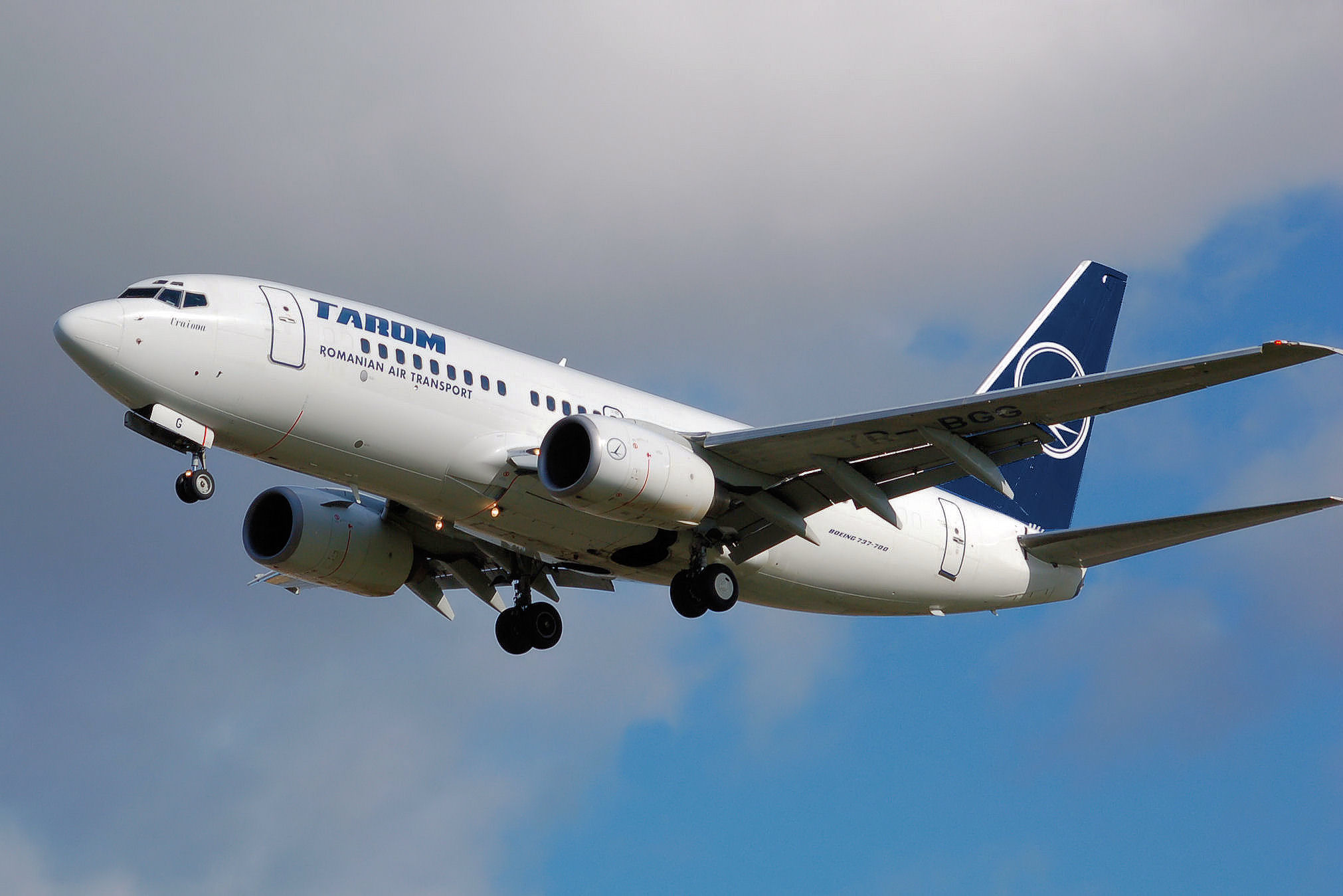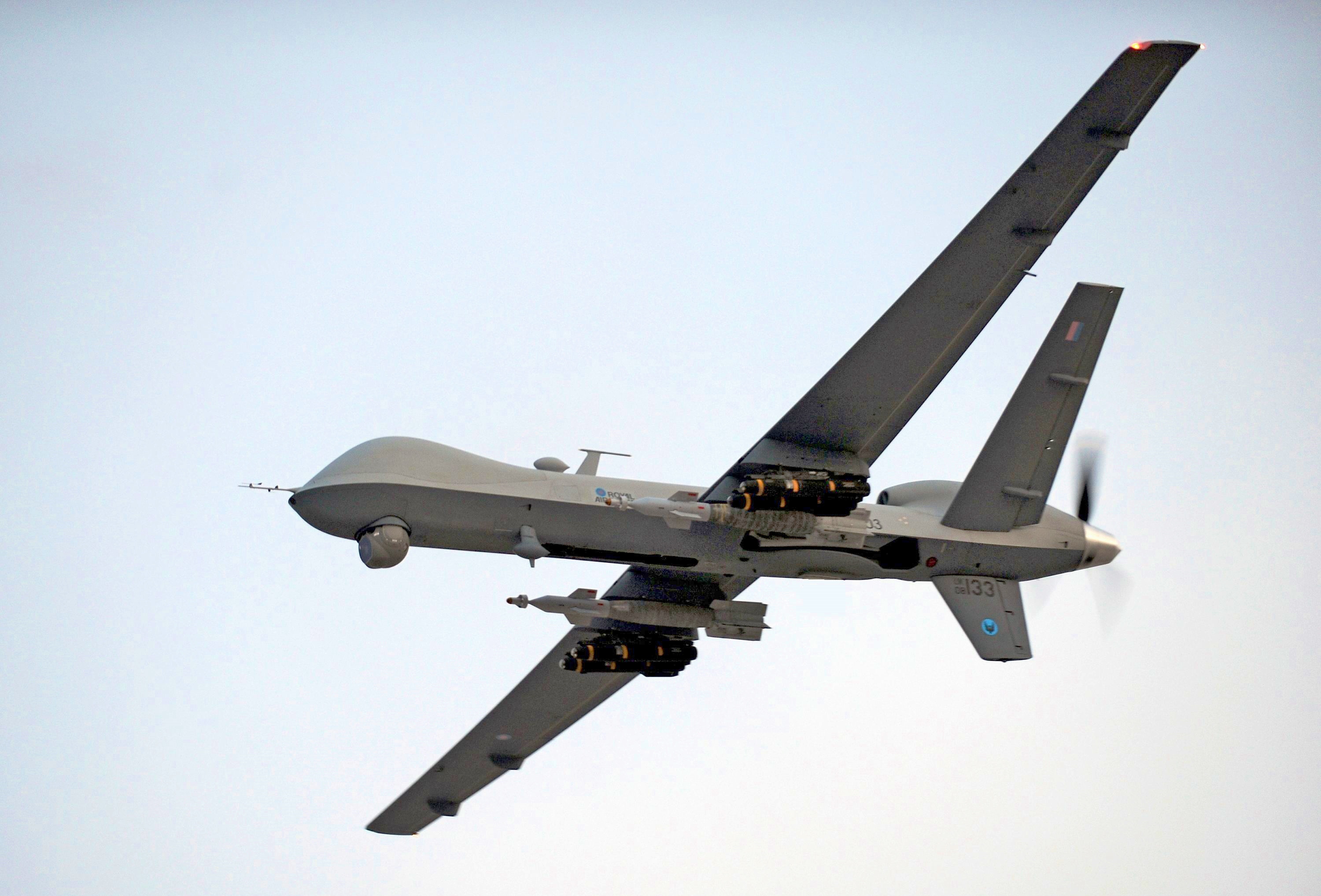|
Aircraft Carrier
An aircraft carrier is a warship that serves as a seagoing airbase, equipped with a full-length flight deck and hangar facilities for supporting, arming, deploying and recovering carrier-based aircraft, shipborne aircraft. Typically it is the capital ship of a naval fleet, fleet (known as a carrier battle group), as it allows a naval force to power projection, project seaborne naval aviation, air power far from homeland without depending on local airfields for staging area, staging aerial warfare, aircraft operations. Since their inception in the early 20th century, aircraft carriers have evolved from wooden vessels used to deploy individual tethered reconnaissance balloons, to nuclear marine propulsion, nuclear-powered supercarriers that carry dozens of fighter aircraft, fighters, strike aircraft, military helicopters, airborne early warning and control, AEW&Cs and other types of aircraft such as unmanned combat aerial vehicle, UCAVs. While heavier fixed-wing aircraft such as a ... [...More Info...] [...Related Items...] OR: [Wikipedia] [Google] [Baidu] |
Fleet 5 Nations
Fleet may refer to: Vehicles *Fishing fleet *Naval fleet *Fleet vehicles, a pool of motor vehicles *Fleet Aircraft, the aircraft manufacturing company Places Canada *Fleet, Alberta, Canada, a hamlet England *Chesil Beach#The Fleet Lagoon, The Fleet Lagoon, at Chesil Beach, Dorset *Fleet, Dorset, England, a village and civil parish *Fleet, Hampshire, England, a town and civil parish *Fleet, Hayling Island, Hampshire, England, a hamlet *Fleet Pond, Hampshire, England *River Fleet, subterranean river in London, England **Fleet Street, named after the river **Fleet Prison, named after the river **Fleet Line, named after the river, was the original name for the London Underground Jubilee line, Jubillee Line *Fleet, Lincolnshire, England *Fleet (Kent), a term for a waterway in the Thames marshes, England *The Fleet (Tees), a section of the River Tees' original route Scotland *Water of Fleet, a river in Scotland *Fleet Bay, a part of a National Scenic Area within Dumfries and Galloway ... [...More Info...] [...Related Items...] OR: [Wikipedia] [Google] [Baidu] |
Nuclear Marine Propulsion
Nuclear marine propulsion is Marine propulsion, propulsion of a ship or submarine with heat provided by a nuclear reactor. The power plant heats water to produce steam for a turbine used to turn the ship's propeller through a Transmission (mechanics), gearbox or through an electric generator and motor. Nuclear propulsion is used primarily within naval warships such as nuclear submarines and supercarriers. A small number of experimental civil nuclear ships have been built. Compared to oil- or coal-fuelled ships, nuclear propulsion offers the advantage of very long intervals of operation before refueling. All the fuel is contained within the nuclear reactor, so no cargo or supplies space is taken up by fuel, nor is space taken up by exhaust stacks or combustion air intakes. The low fuel cost is offset by high operating costs and investment in infrastructure, however, so nearly all nuclear-powered vessels are military. Power plants Basic operation of naval ship or submarine Most na ... [...More Info...] [...Related Items...] OR: [Wikipedia] [Google] [Baidu] |
Deterrence Theory
Deterrence theory refers to the scholarship and practice of how threats of using force by one party can convince another party to refrain from initiating some other course of action. The topic gained increased prominence as a military strategy during the Cold War with regard to the use of nuclear weapons and is related to but distinct from the concept of mutual assured destruction, according to which a full-scale nuclear attack on a power with second-strike capability would devastate both parties. The central problem of deterrence revolves around how to credibly threaten military action or nuclear punishment on the adversary despite its costs to the deterrer. Deterrence in an international relations context is the application of deterrence theory to avoid conflict. Deterrence is widely defined as any use of threats (implicit or explicit) or limited force intended to dissuade an actor from taking an action (i.e. maintain the status quo). Deterrence is unlike compellence, which ... [...More Info...] [...Related Items...] OR: [Wikipedia] [Google] [Baidu] |
Gunboat Diplomacy
Gunboat diplomacy is the pursuit of foreign policy objectives with the aid of conspicuous displays of naval power, implying or constituting a direct threat of warfare should terms not be agreeable to the superior force. The term originated in the 19th century, during the age of imperialism, when Western powers, especially the United Kingdom, France, Germany and the United States would use their superior military capabilities, particularly their naval assets, to intimidate less powerful nations into granting concessions. The mere presence of warships off a country's coast was often enough to have a significant effect, making the actual use of force rarely necessary. Etymology The term "gunboat diplomacy" comes from the nineteenth-century period of imperialism, when Western powersfrom Europe and the United Stateswould intimidate other, less powerful entities into granting concessions through a demonstration of Western superior military capabilities, usually represented by t ... [...More Info...] [...Related Items...] OR: [Wikipedia] [Google] [Baidu] |
Naval Warfare
Naval warfare is combat in and on the sea, the ocean, or any other battlespace involving a major body of water such as a large lake or wide river. The Military, armed forces branch designated for naval warfare is a navy. Naval operations can be broadly divided into riverine/littoral applications (brown-water navy), open-ocean applications (blue-water navy), between riverine/littoral and open-ocean applications (green-water navy), although these distinctions are more about strategic scope than tactical or operational division. The strategic offensive purpose of naval warfare is Power projection, projection of force by water, and its strategic defensive purpose is to challenge the similar projection of force by enemies. History Mankind has fought battles on the sea for more than 3,000 years. Even in the interior of large landmasses, transportation before the advent of extensive rail transport, railways was largely dependent upon rivers, lakes, canals, and other navigable waterways ... [...More Info...] [...Related Items...] OR: [Wikipedia] [Google] [Baidu] |
Bomber
A bomber is a military combat aircraft that utilizes air-to-ground weaponry to drop bombs, launch aerial torpedo, torpedoes, or deploy air-launched cruise missiles. There are two major classifications of bomber: strategic and tactical. Strategic bombing is done by heavy bombers primarily designed for long-range bombing missions against strategic targets to diminish the enemy's ability to wage war by limiting access to resources through crippling infrastructure, reducing industrial output, or inflicting massive civilian casualties to an extent deemed to force surrender. Tactical bombing is aimed at countering enemy military activity and in supporting offensive operations, and is typically assigned to smaller aircraft operating at shorter ranges, typically near the troops on the ground or against enemy shipping. Bombs were first dropped from an aircraft during the Italo-Turkish War, with the first major deployments coming in the World War I, First World War and World War II, Seco ... [...More Info...] [...Related Items...] OR: [Wikipedia] [Google] [Baidu] |
Gunship
A gunship is a military aircraft armed with heavy aircraft guns, primarily intended for attacking ground targets either as airstrike or as close air support. In modern usage the term "gunship" refers to fixed-wing aircraft having laterally-mounted heavy armaments (i.e. firing to the side) to attack ground or sea targets. These gunships are configured to circle the target instead of performing strafing runs. Such aircraft have their armament on one side harmonized to fire at the apex of an imaginary cone formed by the aircraft and the ground when performing a pylon turn ( banking turn). The term "gunship" originated in the mid-19th century as a synonym for gunboat and also referred to the heavily armed ironclad steamships used during the American Civil War. The term helicopter gunship is commonly used to describe armed helicopters. World War II aviation Bomber escort During 1942 and 1943, the lack of a usable escort fighter for the United States Army Air Forces in the Eu ... [...More Info...] [...Related Items...] OR: [Wikipedia] [Google] [Baidu] |
Airlifter
A military transport aircraft, military cargo aircraft or airlifter is a military-owned transport aircraft used to support military operations by airlifting troops and military equipment. Transport aircraft are crucial to maintaining supply lines to forward bases that are difficult to reach by ground or waterborne access, and can be used for both strategic and tactical missions. They are also often used for civilian emergency relief missions by transporting humanitarian aid. Air frames Fixed-wing Military transport aeroplanes are defined in terms of their range capability as strategic airlift or tactical airlift to reflect the needs of the land forces which they most often support. These roughly correspond to the commercial flight length distinctions: Eurocontrol defines short-haul routes as shorter than , long-haul routes as longer than and medium-haul between. The military glider is an unpowered tactical air transport which has been used in some campaigns to tran ... [...More Info...] [...Related Items...] OR: [Wikipedia] [Google] [Baidu] |
Fixed-wing Aircraft
A fixed-wing aircraft is a heavier-than-air aircraft, such as an airplane, which is capable of flight using aerodynamic lift. Fixed-wing aircraft are distinct from rotary-wing aircraft (in which a rotor mounted on a spinning shaft generates lift), and ornithopters (in which the wings oscillate to generate lift). The wings of a fixed-wing aircraft are not necessarily rigid; kites, hang gliders, variable-sweep wing aircraft, and airplanes that use wing morphing are all classified as fixed wing. Gliding fixed-wing aircraft, including free-flying gliders and tethered kites, can use moving air to gain altitude. Powered fixed-wing aircraft (airplanes) that gain forward thrust from an engine include powered paragliders, powered hang gliders and ground effect vehicles. Most fixed-wing aircraft are operated by a pilot, but some are unmanned or controlled remotely or are completely autonomous (no remote pilot). History Kites Kites were used approximately 2,800 years ago ... [...More Info...] [...Related Items...] OR: [Wikipedia] [Google] [Baidu] |
Unmanned Combat Aerial Vehicle
An unmanned combat aerial vehicle (UCAV), also known as a combat drone, fighter drone or battlefield UAV, is an unmanned aerial vehicle (UAV) that is used for intelligence, surveillance, target acquisition, and reconnaissance and carries aircraft ordnance such as missiles, anti-tank guided missiles (ATGMs), and/or Aerial bomb, bombs in hardpoints for drone strikes. These drones are usually under real-time human control, with varying levels of autonomy. UCAVs are used for reconnaissance, attacking targets and returning to base; unlike Loitering munition, kamikaze drones which are only made to explode on impact, or unmanned surveillance and reconnaissance aerial vehicle, surveillance drones which are only for gathering intelligence. Aircraft of this type have no onboard human pilot. As the Radio control, operator runs the vehicle from a remote terminal, equipment necessary for a human pilot is not needed, resulting in a lower weight and a smaller size than a manned aircraft. Many ... [...More Info...] [...Related Items...] OR: [Wikipedia] [Google] [Baidu] |
Airborne Early Warning And Control
An airborne early warning and control (AEW&C) system is an airborne radar early warning system designed to detect aircraft, ships, vehicles, missiles and other incoming projectiles at long ranges, as well as performing command and control of the battlespace in aerial warfare, aerial engagements by informing and directing friendly fighter aircraft, fighter and attack aircraft. AEW&C units are also used to carry out aerial surveillance airborne ground surveillance, over ground and maritime surveillance, maritime targets, and frequently perform battle management command and control (BMC2). When used at altitude, the radar system on AEW&C aircraft allows the operators to detect, track and prioritize targets and identify friendly aircraft from hostile ones in real-time and from much farther away than ground-based radars. Like ground-based radars, AEW&C systems can be detected and targeted by opposing forces, but due to aircraft mobility and extended sensor range, they are much less vul ... [...More Info...] [...Related Items...] OR: [Wikipedia] [Google] [Baidu] |










